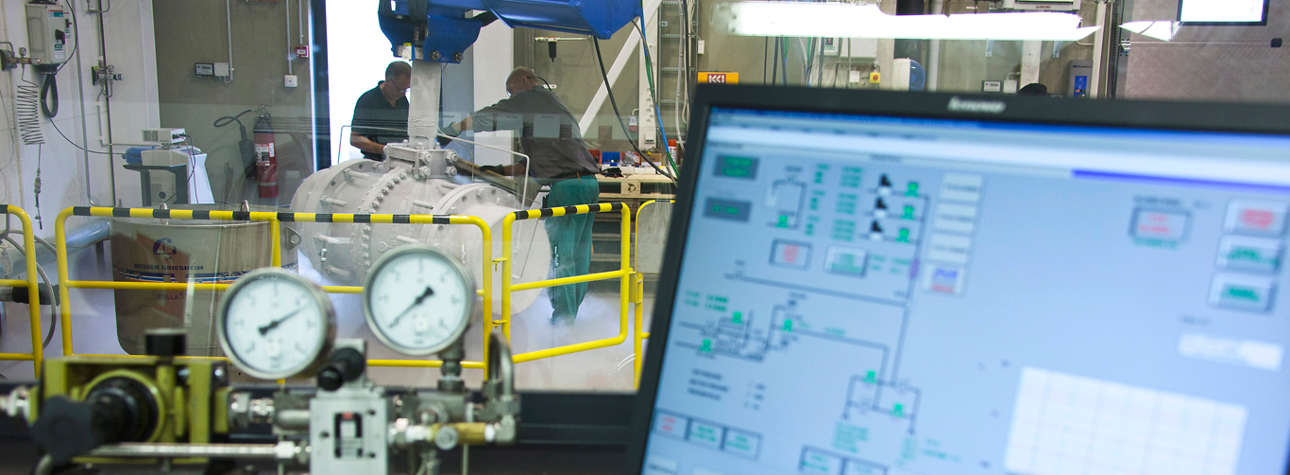Test chambers are becoming increasingly important when it comes to research and innovation. They provide a safe, controlled environment in which scientists can conduct experiments and develop new ideas, allowing them to make breakthroughs that wouldnt otherwise be possible.
With test chambers, researchers can observe the effects of different conditions on their subjects or products, and replicate those results with greater accuracy than ever before. By creating an artificial atmosphere within the chamber, they can recreate conditions found in nature or invent entirely new ones.
This makes test chambers invaluable tools for exploring our world and pushing boundaries further than ever before – ultimately leading to more successful research projects and innovative solutions.
Improving Quality Assurance Testing
Improving Quality Assurance Testing can be a challenging task, especially when it comes to research and innovation. When developing new products or inventions, testing needs to be done in order to ensure that they meet the necessary standards and requirements. Test chambers provide an effective way of doing this as they replicate real-world conditions which allow for the full range of testing required.
This ensures that products are safe and reliable before they are released into the market. With test chambers, organizations can increase their confidence in their product’s quality assurance by ensuring accuracy in results as well as removing potential risks associated with releasing untested products.
By having a comprehensive assessment process set up through test chamber usage, companies can guarantee maximum safety for customers while staying ahead of the competition with innovative ideas and products.
Maximizing Efficiency and Productivity in Research Laboratories

Test chambers have long been used by research and innovation teams to maximize efficiency and productivity in their laboratories. They allow for precise control of a variety of environmental factors such as temperature, humidity, pressure, light levels, and airflow velocity.
By controlling these variables accurately within the chamber walls, researchers can conduct experiments quickly and confidently without worrying about external interference from outside sources. The results are often more accurate than if they were conducted elsewhere due to the consistency provided by test chambers throughout the duration of the experiment.
Additionally, some test chambers are equipped with advanced features that monitor conditions within them so that any changes can be tracked over time giving researchers even greater insight into their data. With this technology at their disposal labs can now better understand how different components interact under various conditions leading to innovative solutions for current challenges faced by industry leaders today.
Supporting the Development of New Technologies
Test chambers are widely used in research and innovation to help support the development of new technologies. By simulating real-world conditions – such as temperature, humidity, wind speed, and chemical makeup – these chambers provide scientists with a controlled environment to accurately measure how materials or products will react when exposed to various elements.
This allows researchers to understand the capabilities of their technology and make improvements accordingly. Test chambers also allow for efficient testing of multiple iterations rapidly, enabling companies to quickly verify whether their innovations meet safety regulations or other standards before releasing them into the market.
With test chambers playing an essential role in pushing boundaries on what is possible, they have become an invaluable asset in helping create innovative solutions that benefit both humanity and our planet.
Enhancing Data Collection and Analysis Capabilities

By deploying test chambers, research and innovation projects can enhance their data collection and analysis capabilities. These chambers are designed to provide precise and consistent environmental conditions, allowing for more accurate readings of data collected in the chamber.
Additionally, these chambers help to reduce any variability introduced by external factors such as weather or seasonal changes. This helps researchers get more reliable results from their experiments that would otherwise be difficult to achieve with traditional methods.
Furthermore, the use of specialized software allows researchers to track the progress of each experiment within the chamber over time and make adjustments accordingly if needed. Ultimately, this enables them to draw better conclusions from their collected data while also increasing productivity thanks to a decrease in manual labor involved in managing tests inside test chambers.
Facilitating Collaboration Across Disciplines
Test chambers have revolutionized the way researchers and innovators collaborate across different disciplines. By enabling scientists to conduct experiments under highly-controlled conditions, test chambers enable results that can be replicated from one lab to another.
This level of precision in data collection allows for collaboration between the widest range of specialists, as everyone is working with identical sets of numbers. As a result, teams better understand how their research affects other fields and are able to make more informed decisions about future projects. The interdisciplinary nature of this type of work means that individuals have access to new equipment and expertise they may not otherwise possess, allowing them to push boundaries and expand existing knowledge even further.
Test chambers provide a crucial link between disparate disciplines, creating an environment where collaboration flourishes – leading ultimately to advances in science and technology that benefit us all.
Conclusion

Test Chambers have become a crucial part of research and innovation, allowing scientists to conduct experiments in controlled environments that help them study the effects of certain stimuli on various materials. These chambers are essential for introducing new products and processes into the market as they allow researchers to quickly test their theories without risking costly mistakes.
With the aid of Test Chambers, scientists can develop groundbreaking innovations that continue to shape our world today.


